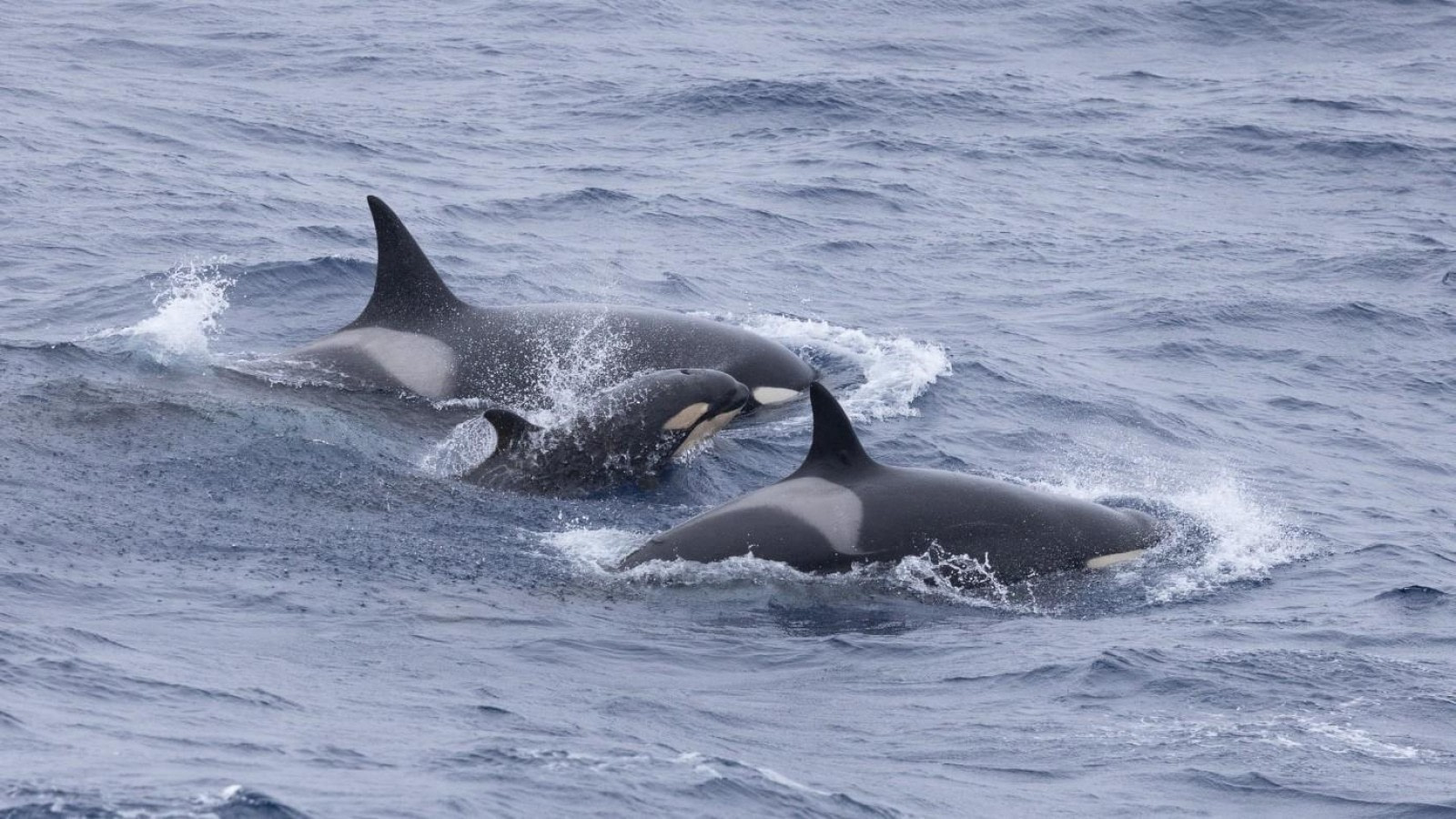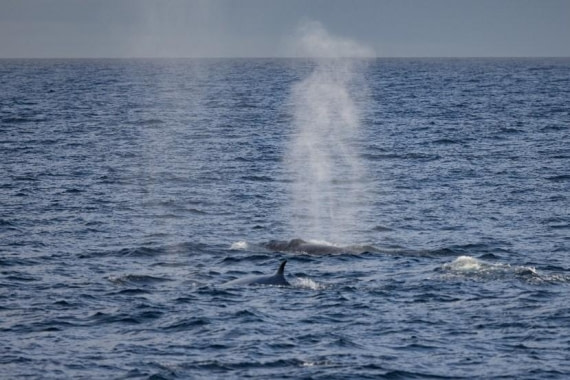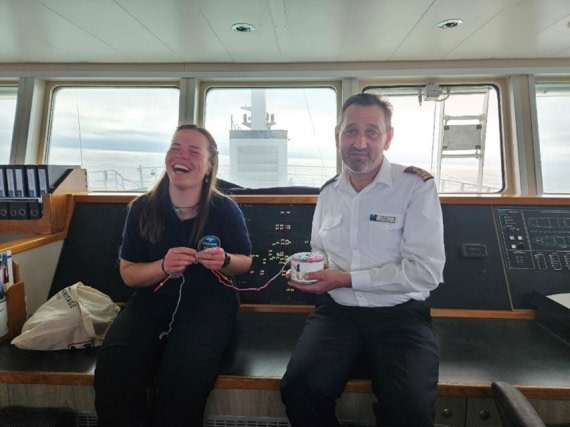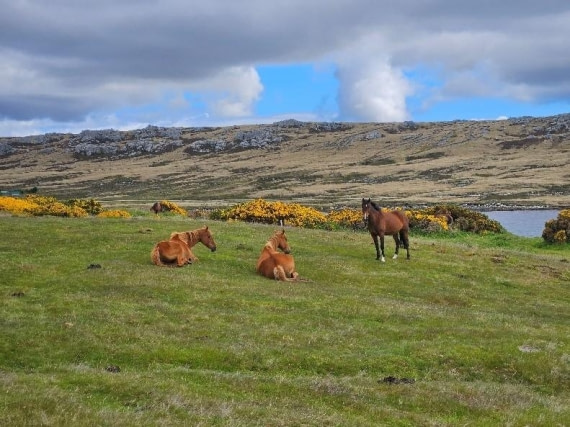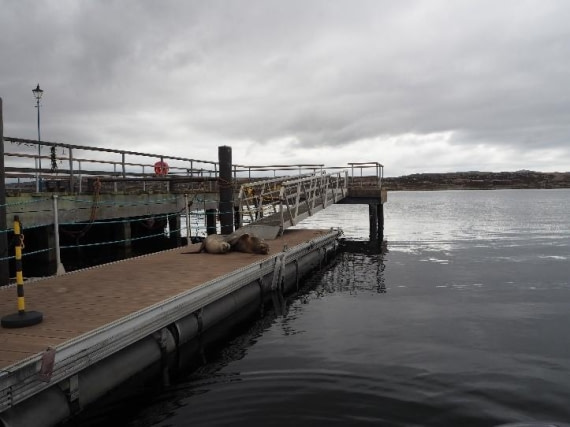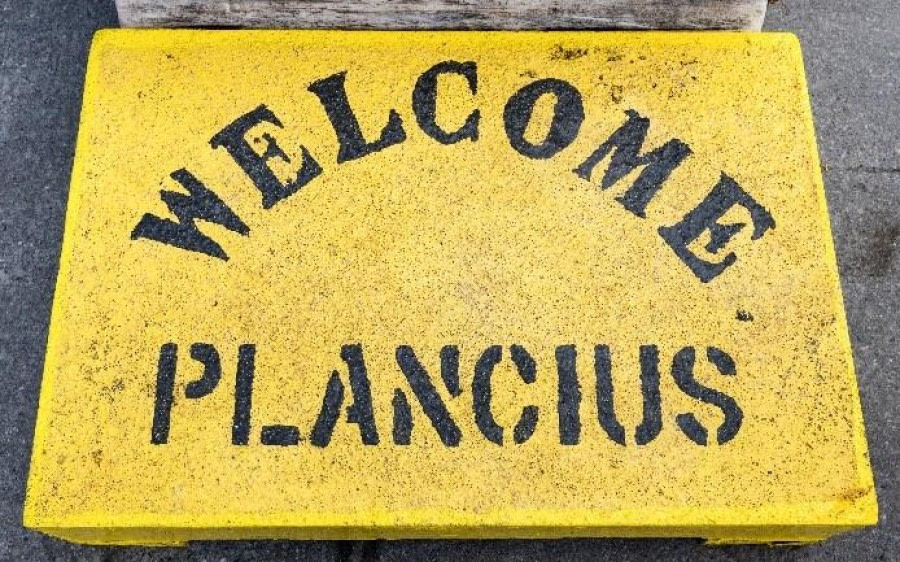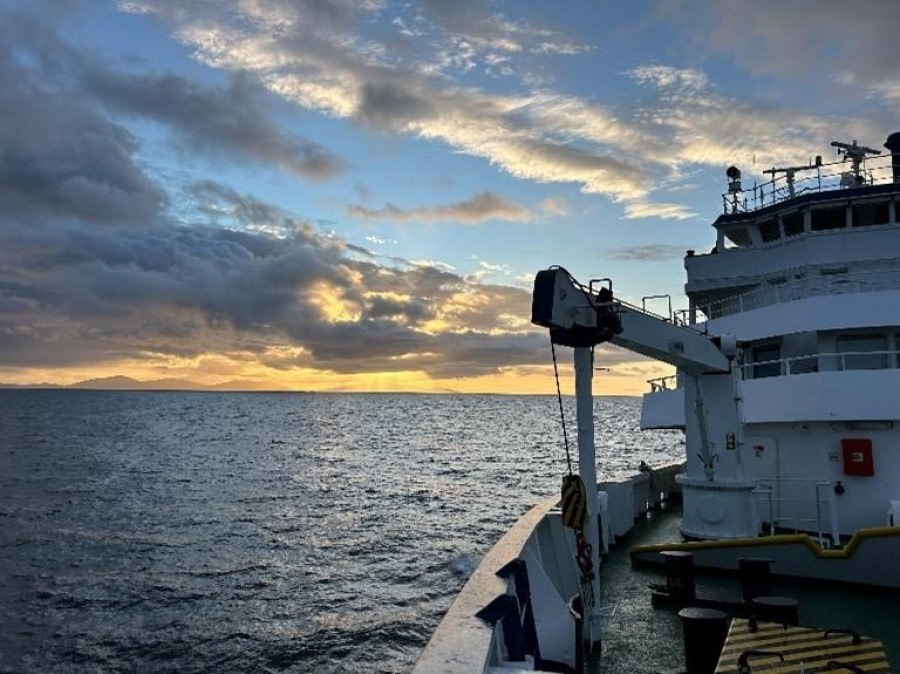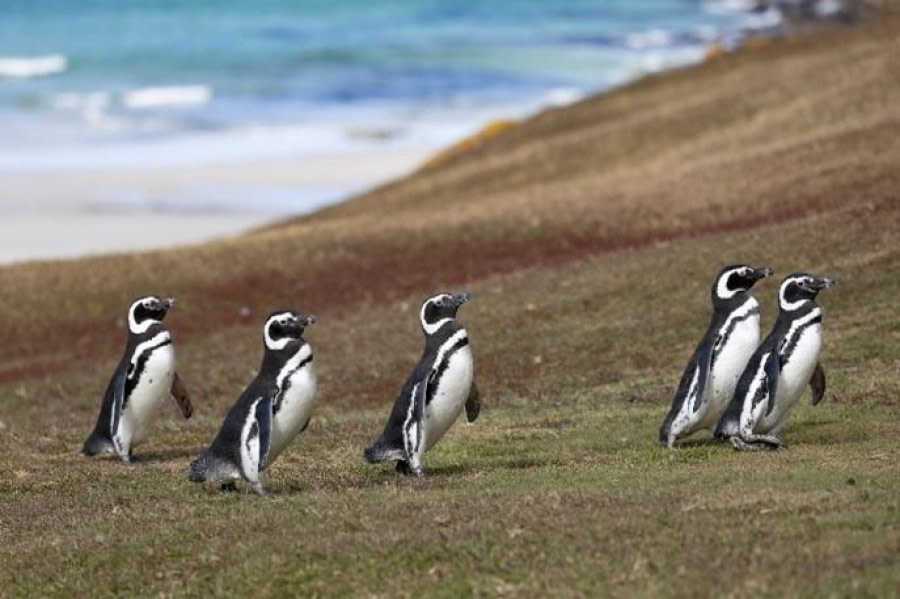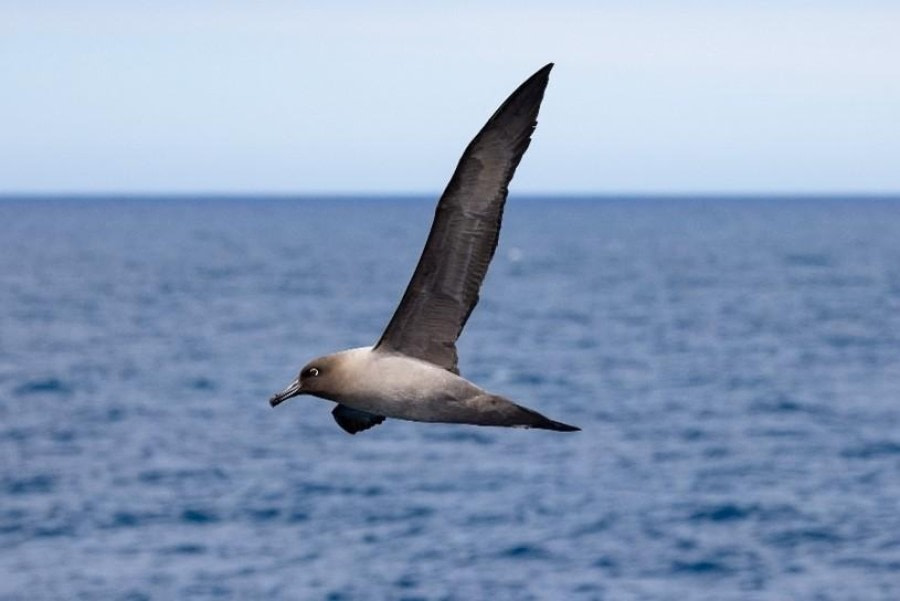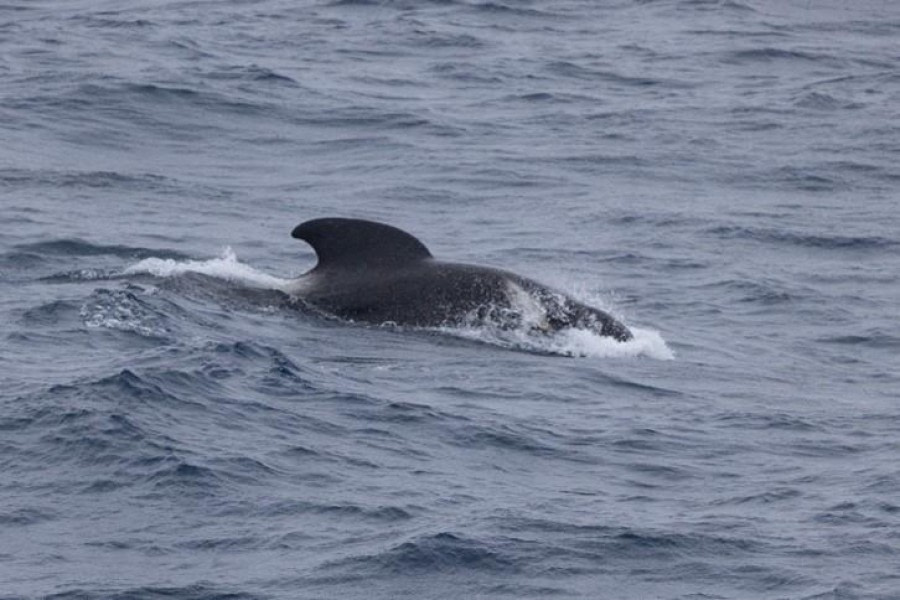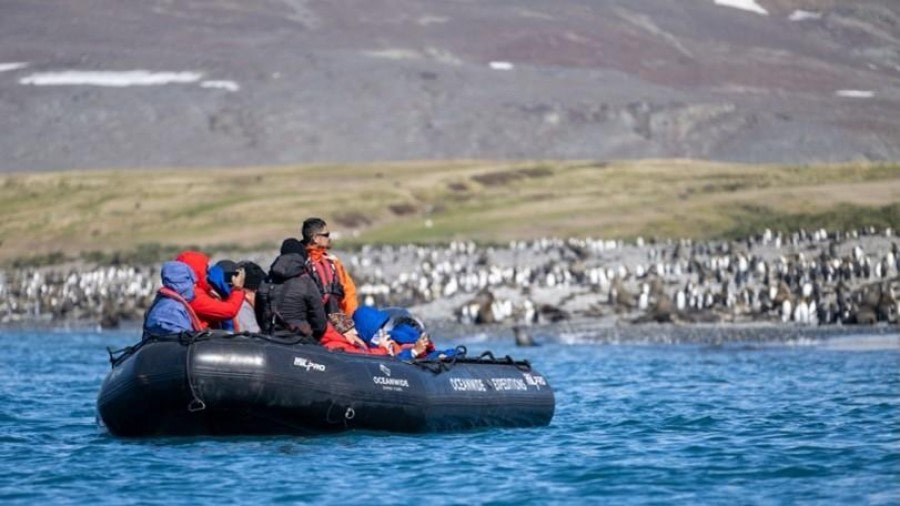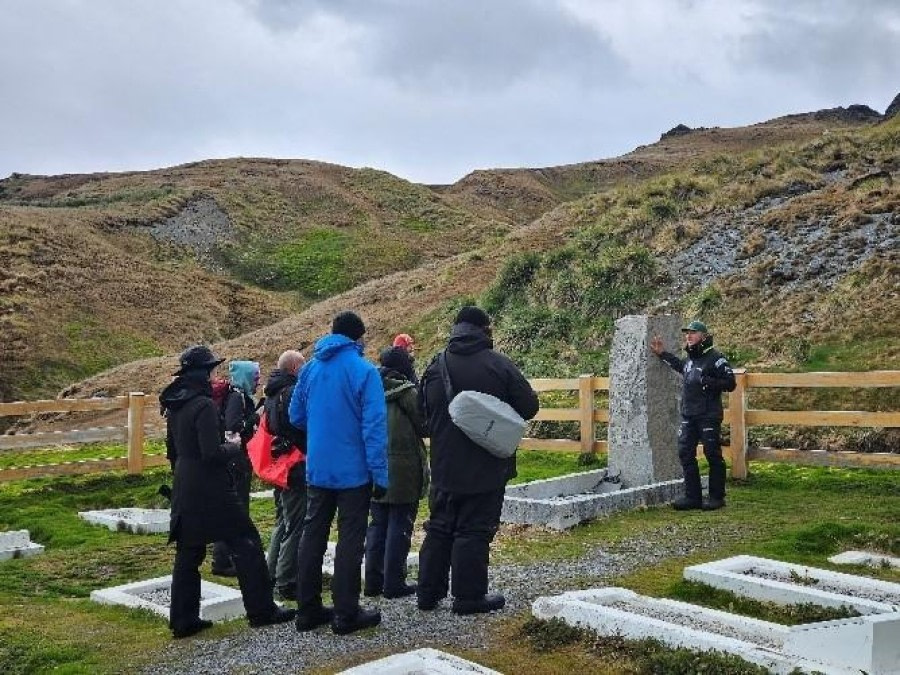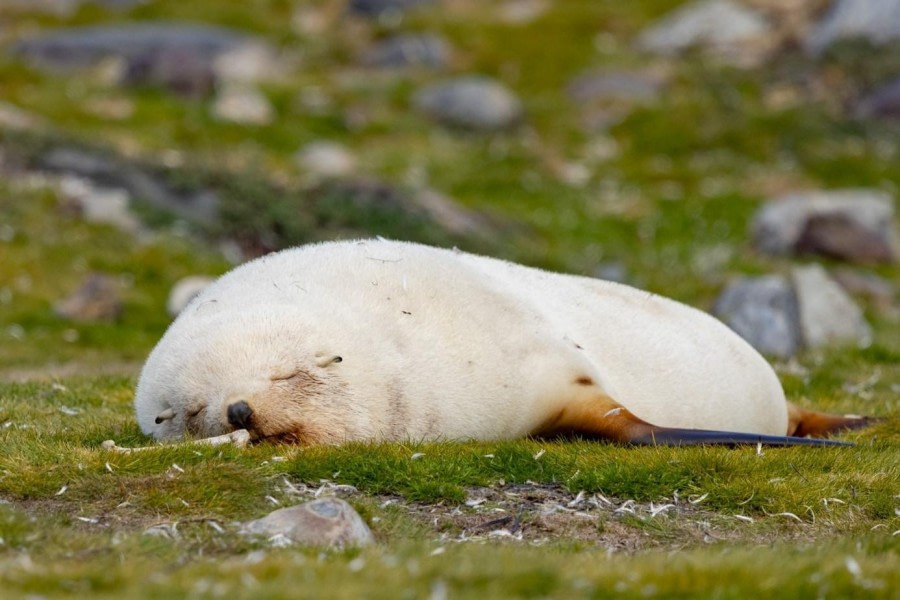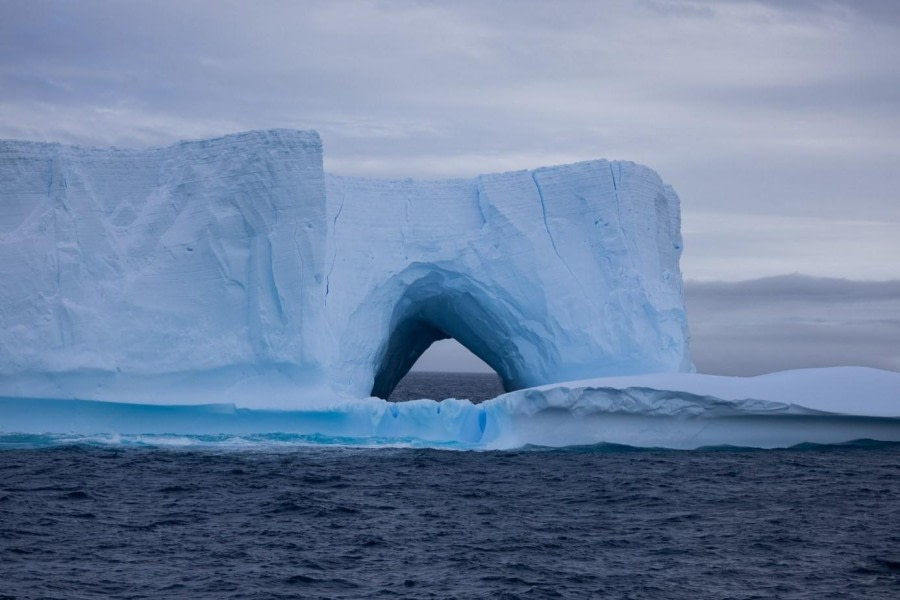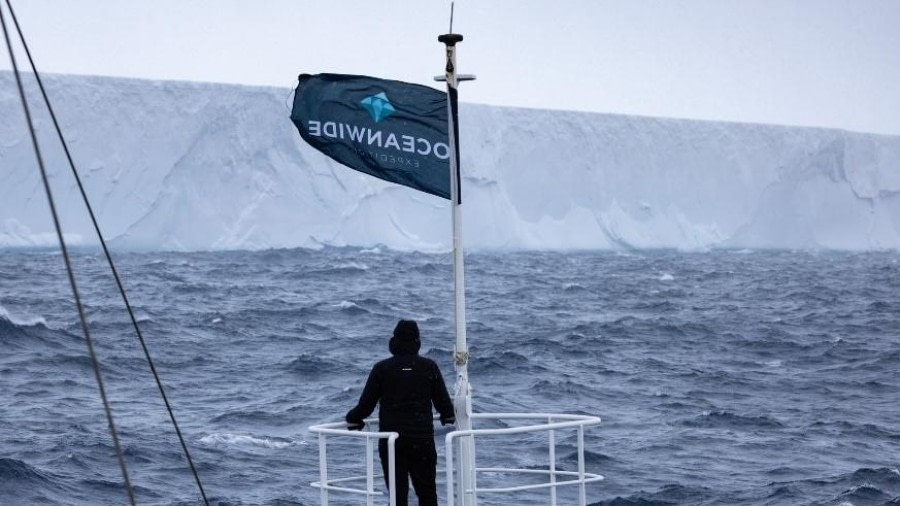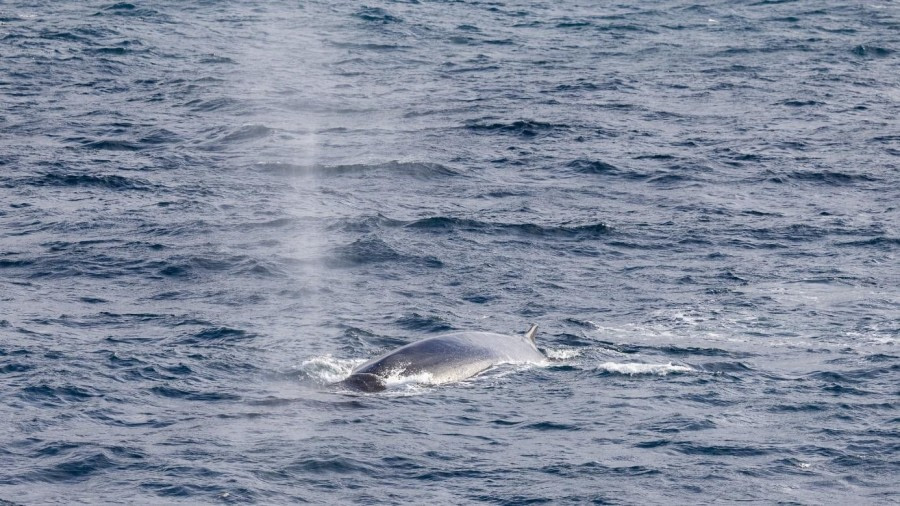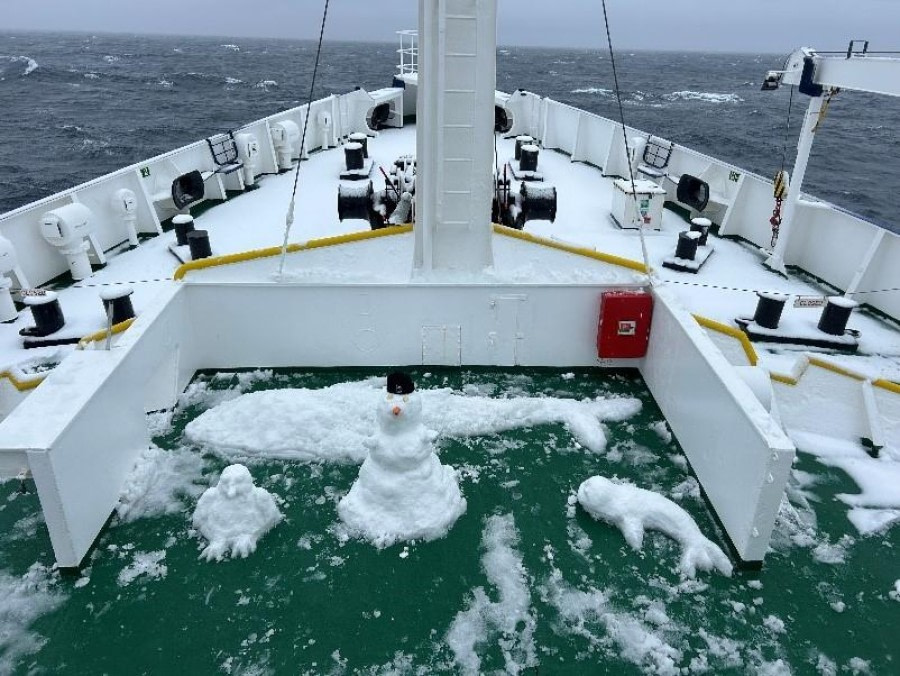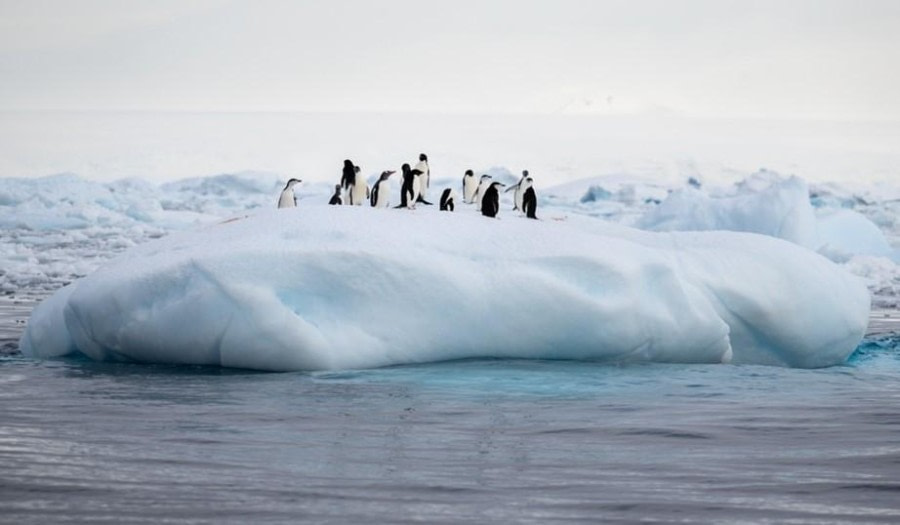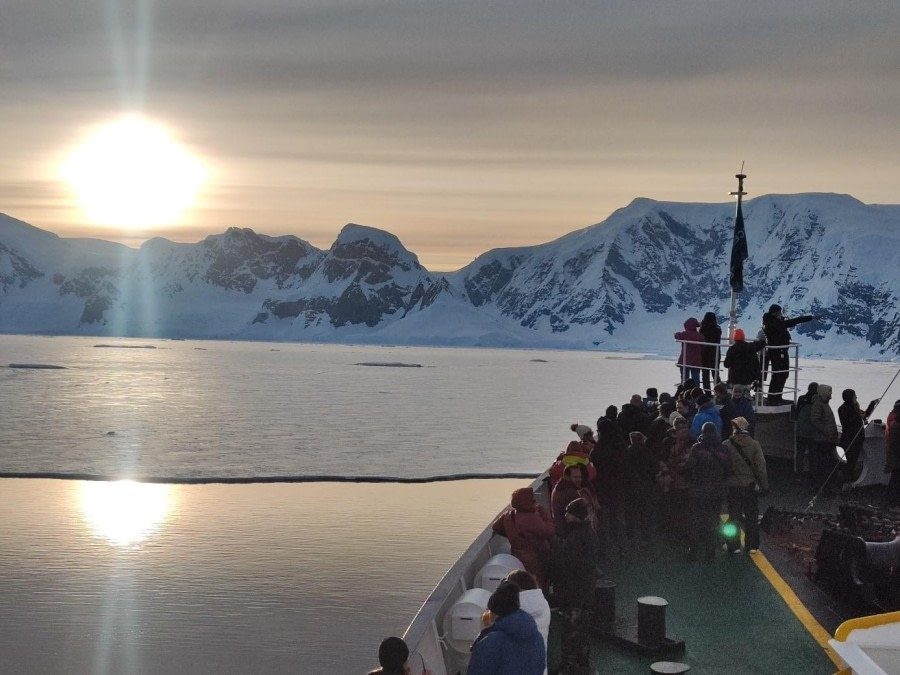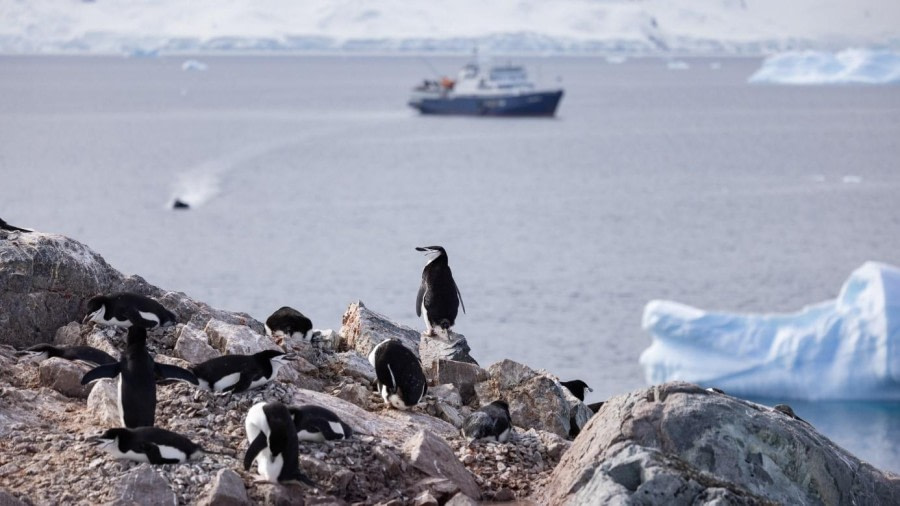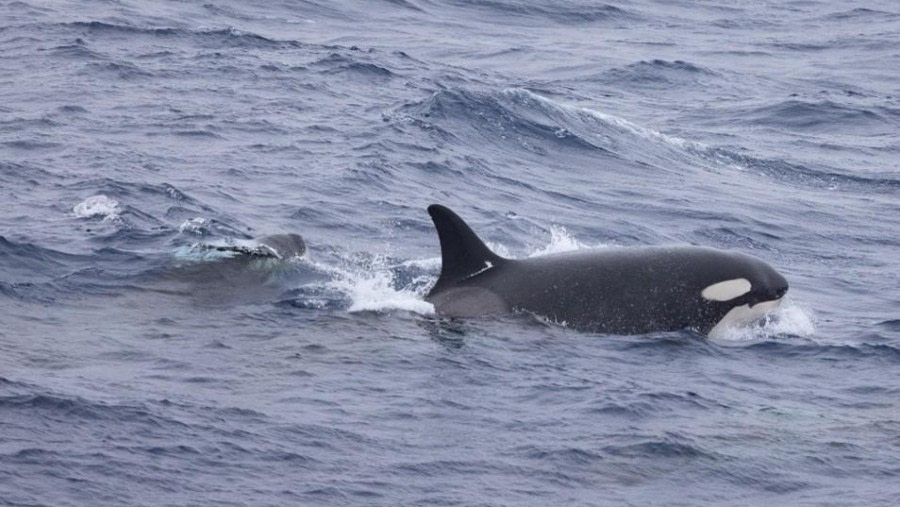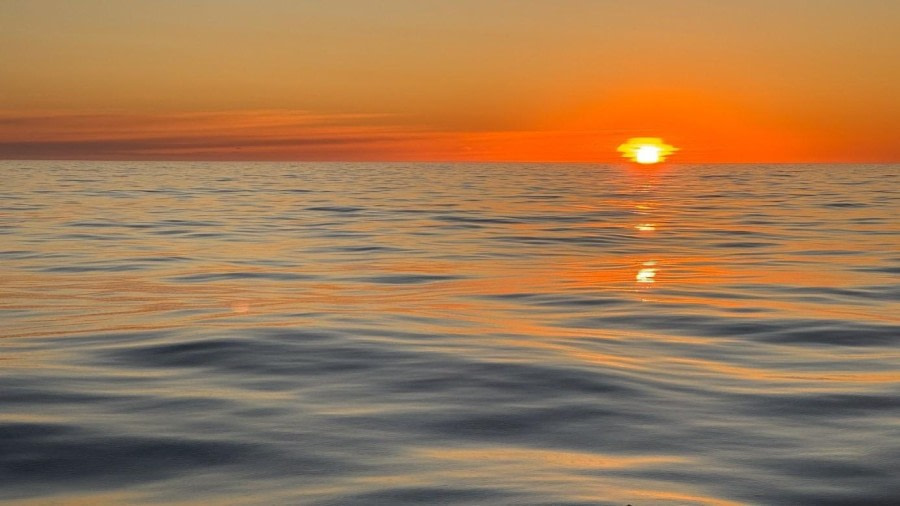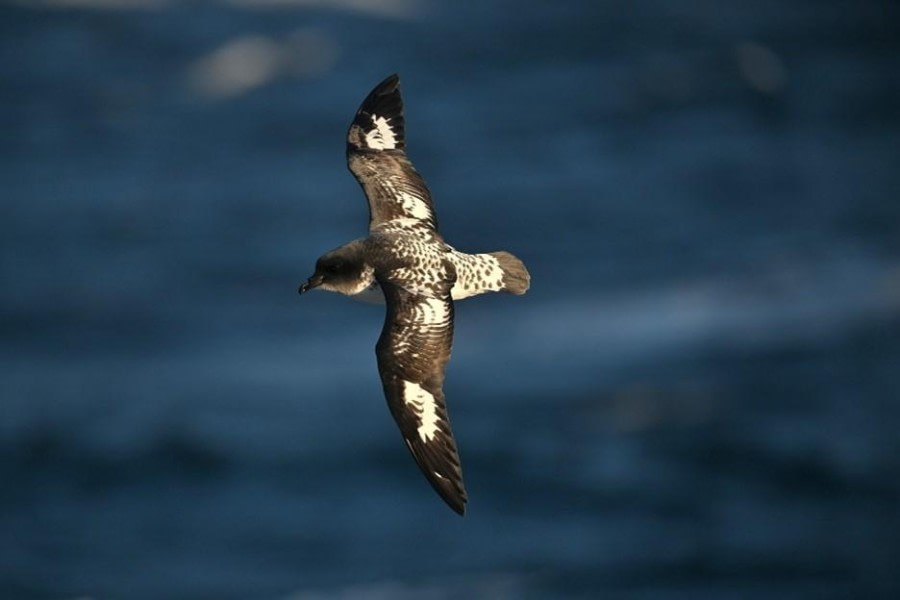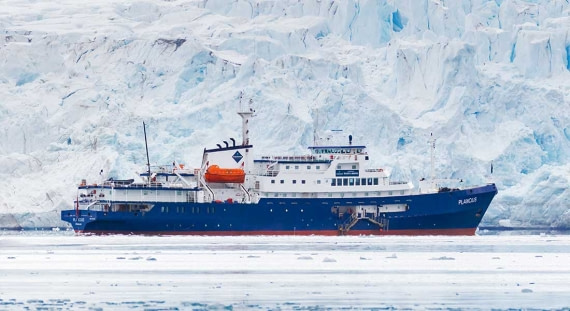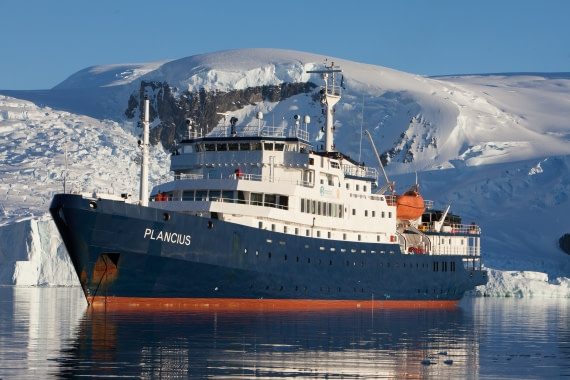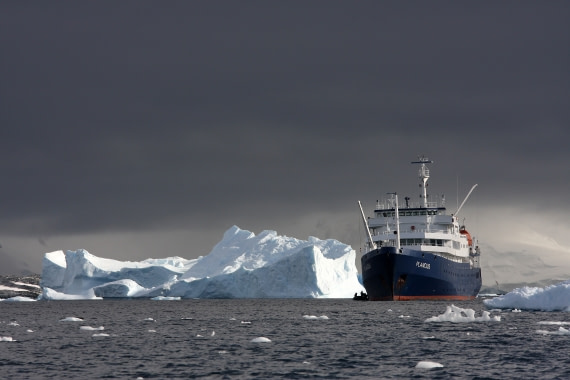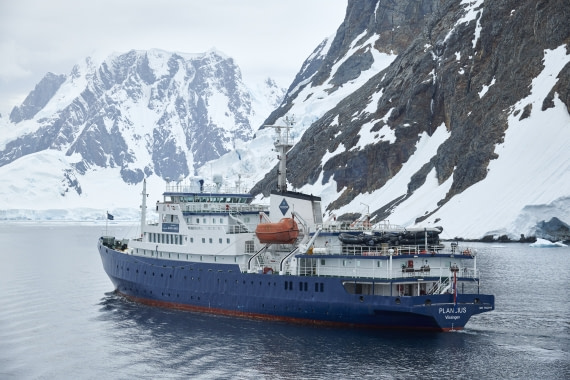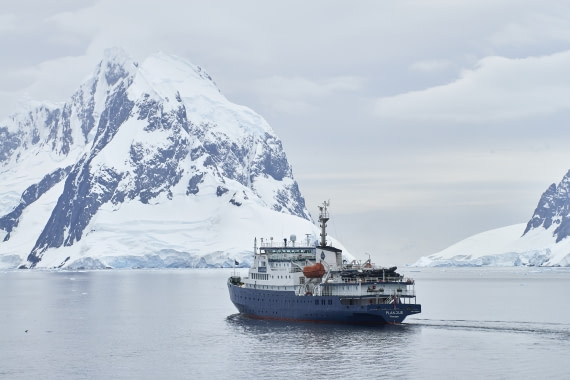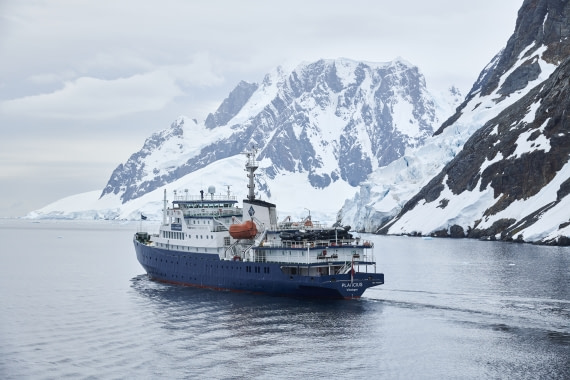| Fecha: |
24.12.2024 |
| Posición: |
56°32.4’S / 65°01.6’W |
| Viento: |
NW6 |
| Clima: |
Overcast |
| Temperatura del Aire: |
+7 |
“Naaaaaaaaaaaaaaants ingonyamaaaaaaaaaaaa bagiiiiiiiiiiiiithi baba…”
The wake up call had a disney ring to it as the Lion King song woke us from our slumbers bringing us bak to warm family movie nights.
Doug, the leader of our beloved birders won the bidding contest during the auction a few days ago to make his own wake up call. After the music came a delightful poem written by Doug himself and it went something like this…
“'Twas 3 days after solstice, when all 'round the mother boat,
Not a fur seal was stirring, to sound like a goat;
The sick bags were hung round the cabins with flair, just in case the Drake crossing wasn't too fair;
The travelers were nestled all snug in their bunks,
While images danced in their minds of goofy Elephant seal trunks,
The dreams stretched back through a three week recap,
And images arose of lovely memories still intact,
Of the time on the deck there arose such a clatter,
We sprang from the lounge to see what was the matter.
Away to the windows we flew like a flash,
Tore open the blinds to see the waves crash,
The sun reflected off the deck’s new-fallen snow,
Gave the sparkle of life to the bow deck below,
When, what to our wondering eyes should appear,
But some skillfully made snow animals, but not one reindeer,
Built by our Zodiac drivers, of form able and slick, who could maneuver with Humpback and Orca so quick;
As leaders devoted to our expedition game,
the birds, seals, and whales called them by name;
Now Svatava, now Chloe, now Koen, and William!
ON Keechy, ON Katlyn, on Steffi and Adam!
On sea days with fog where we could see no birds fly,
They lectured and lifted our minds to the sky,
Alex forgot to scan his card in,
While Raquel had the birders tight with their gin,
Khabir and the staff kept the food and jokes flowing,
Now who knows where our waistlines are going
We hit the open ocean, and South Georgia loomed,
Mountainous island wonderland under full moon,
King Penguin slap fights stretching to the horizons,
While offshore flew all those dynamic Prions,
Our repose at Grytviken saw the weather turn,
Wind picked up and the bay began to churn,
Our skillful expedition staff quite well could react,
So back to the ship in our trusty zodiacs,
Plan A was to go to the South Orkney Isles,
But ice locked it up, so Plan B was on trial,
Then news, A23a could soon be before us,
Plan B was scrapped, we had our Plan-C us
Then hey! Antarctica Ho!
Now on the continent we walked to and fro,
Bobi dressed in his penguin fur head to toe,
Served drinks on the deck with picturesque ice floes,
The idyllic evening with snowy mountain reflections,
Finishing at the sea ice with a lazy Emperor Penguin,
Farewell land of ice, but first a deception,
A caldera of water gave us cold reception,
With all our good fortune, and karma at play,
The captain did say, don’t worry we will pay,
So the waves began mounding,
It was time to take a Drake Passage pounding
As we near the end of our trip for the ages,
And our rhymes runneth over and so do our pages,
We still travel, one more day of birds dynamically soaring,
Happy landings and flights, and to all…a Good Morning! Good Morning, Good Morning!
After a wonderful awakening the day could only be good. The sea tried it’s best to ruin our good mood by throwing 50knots wind gusts and five meter waves. Some of us nested in our cabins wating for a respite scheduled to arrive later that day.
This morning was dedicated to get to know what our expedition team does when off the ship. Koen started by telling us about his job as a whale guide in both Iceland and Tonga. He showed us some amazing footage of his underwater encounters with humback whales and Orcas.
Later Adam continued and introduced us to how life is on South Georgia and on an Antarctic research station. Great to get first hand insight on life in these remote areas and how one ends up doing such a thing!
A documentary was showed later that day about the ancient mariners braving the treacherous waters of Cape Horn.
The wind gods decided we had suffered enough and gave us a rest in the afternoon for the Q and A organised in the lounge where an Officer, the Chef and an Engineer answeres all our question about how the ship is run.
In the evening we met with the Captain who thanked us for a wonderful trip and wished us all the best on future travels. Glasses were raied and a loud “Cheers” resonated in the lounge.
Our last evening was spent sharing stories of our voyage and exchanging phone numbers, a trip where strangers from allover the world became family for a few weeks.
